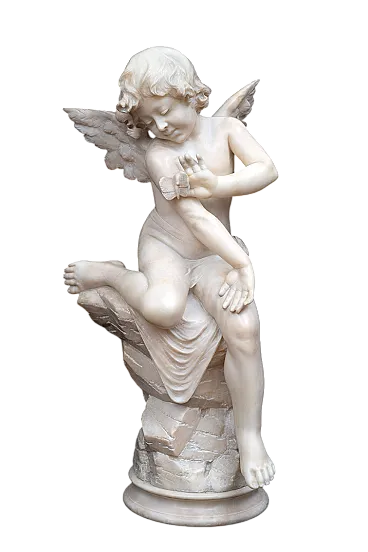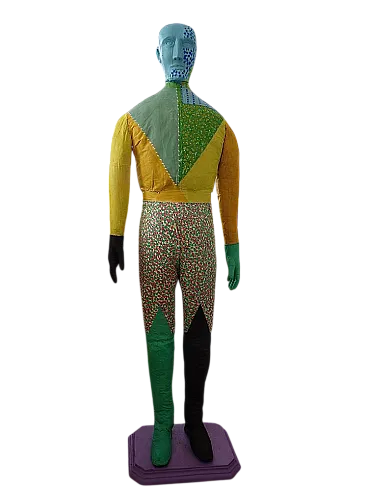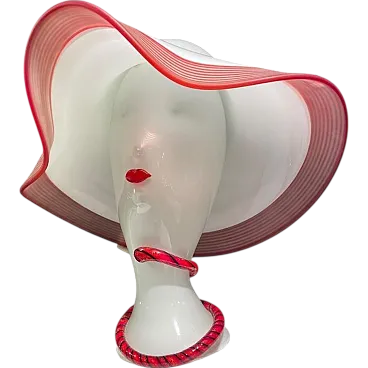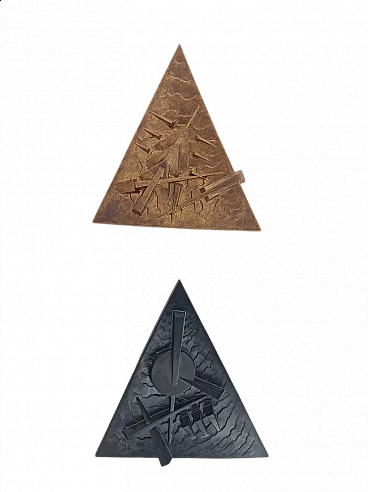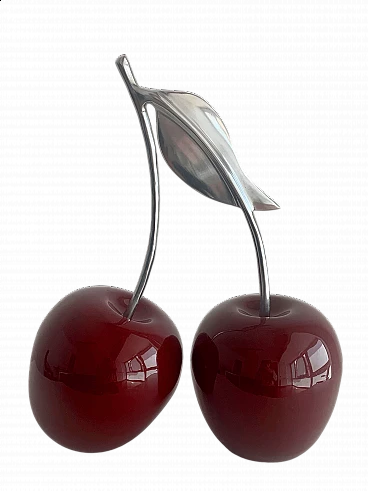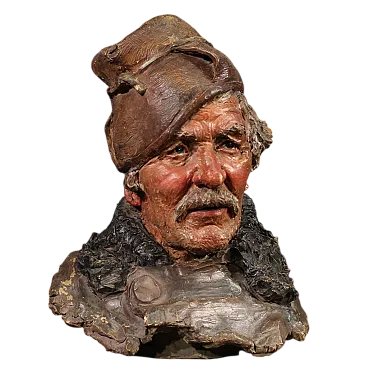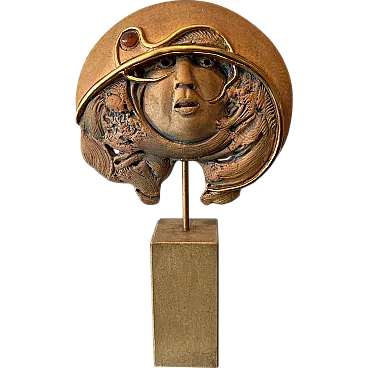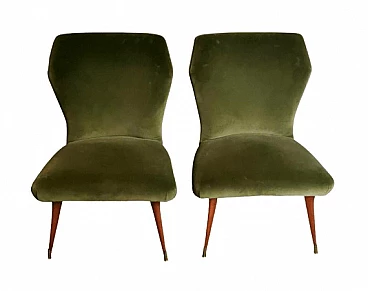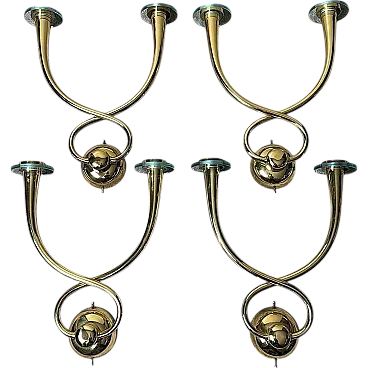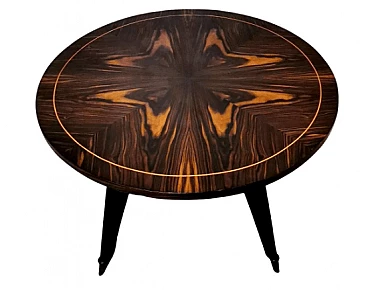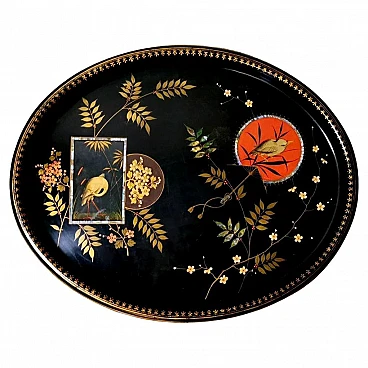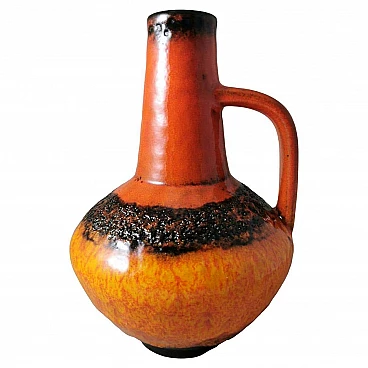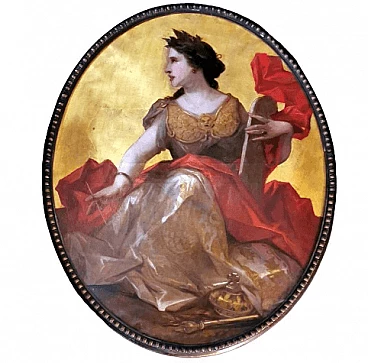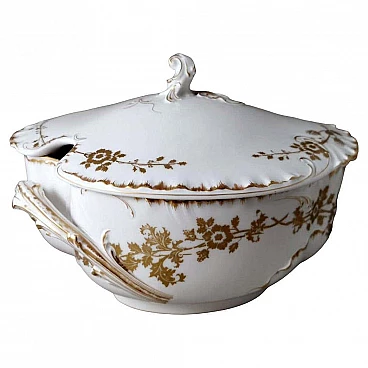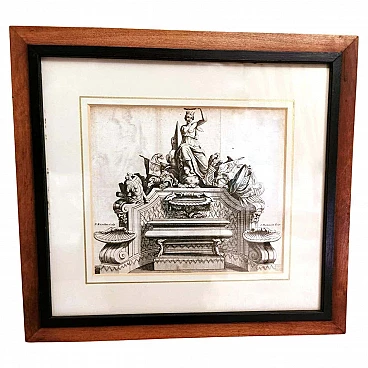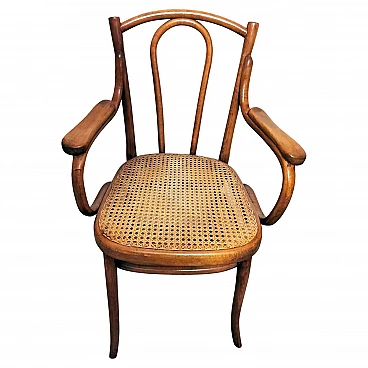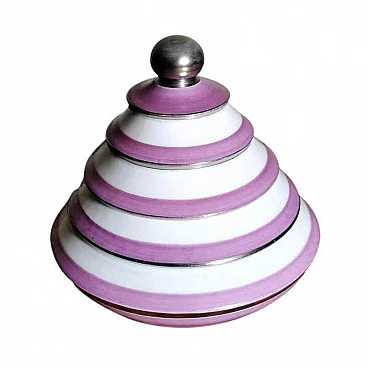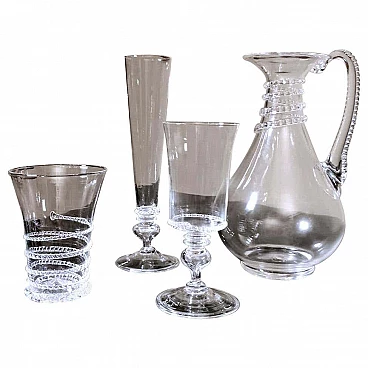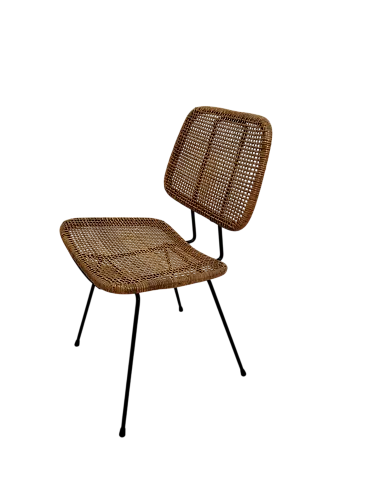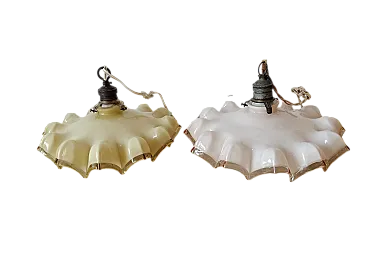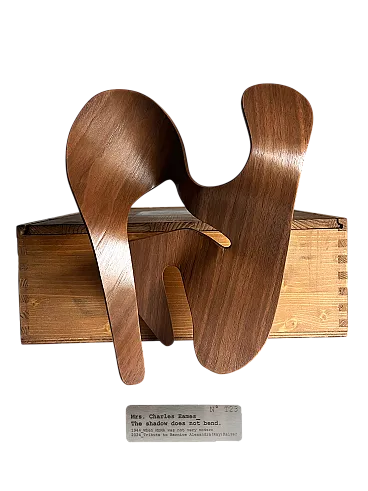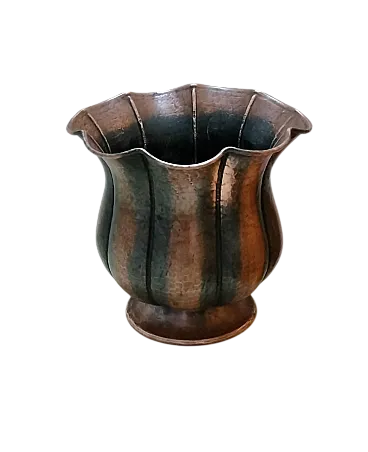We advise you to read the entire description, as we try to provide you with detailed technical and historical information to guarantee the authenticity of our objects. A beautiful Art Deco sculpture in white craquelé ceramic depicting a pair of panthers; the noble animals are depicted walking, with their plush stride, in the tall grass in a calm and relaxed attitude; the powerful muscles of the beasts are relaxed, but the representation is always full of strength and pride, a classic example of the Art Deco style that exalted in its artistic expressions the forms, strength and power of both men and animals. The object features a very special workmanship: the piece of raw ceramic was first modelled into its final soft and elegant form, then fired at about 1000° C, then an ancient technique was used by applying the 'cristallina' (a transparent vitreous coating) with an ox brush; then the white glaze was distributed, again with a brush, all over the panthers' body; the enamelling phase requires a great deal of skill, as the enamel must be evenly deposited on the surface of the object; at this point, very quickly, to fix the enamel, the piece was placed in an oven at between 920 and 940 degrees for the final firing. Looking at the lower part we can better understand this technique. The pair of panthers was made between 1930 and 1933 in the Luneville area of France in the style of the ceramics manufacturer Saint-Clement. A. Clement (founded in 1758) is a famous French ceramic manufacturer located in Luneville in the Lorrain region. The production of Saint-Clement and the entire Luneville area is known for its high quality and variety of styles. Over the centuries, the factory and craftsmen in the area have produced a wide range of ceramic objects, including plates, vases, statuettes, sculptures and decorative objects. The production is characterised by beautiful decorations, attention to detail and the use of bright colours. Our sculpture also has another special feature: the ceramic 'craquelure' finish. Craquelure in painting is the dense network of cracks that forms on the surface of paintings; it is often used to determine the age of a painting and thus uncover possible forgeries. The decoration industry, towards the end of the 18th century, when the trend was to decorate with objects with a strong reference to antiquity, invented the ageing technique of craquelure to offer it in the manufacture of a wide variety of objects and materials such as ceramics and glass. This technique can be carried out using a chemical method, by acting on the enamel of the object with special products that affect it uniformly with a grid effect. However, the best method is the Japanese technique known as Raku, which involves a special type of firing of the enamel at high temperatures, which is then cooled by quickly removing it from the kiln; this process, in which certain times and temperatures must be carefully and precisely respected, inevitably creates cracks with a craquelé effect on the enamelled surface; the Raku technique allows objects to be created with a unique and unrepeatable design; the craftsmen of Luneville used to perform this operation after the last firing in the sculpture kiln. Today, products from Saint-Clement and the entire Luneville region are still highly sought-after and the manufactory has maintained its reputation for excellence in the field of artistic ceramics. The article is in good condition and has a small, barely visible chip on the corner of the base (see photo). Measures width 38 cm, depth 20 cm, height 10 cm. We use special packaging materials (custom-made wooden crates, polystyrene, etc.) to ensure maximum protection and safety of the items.
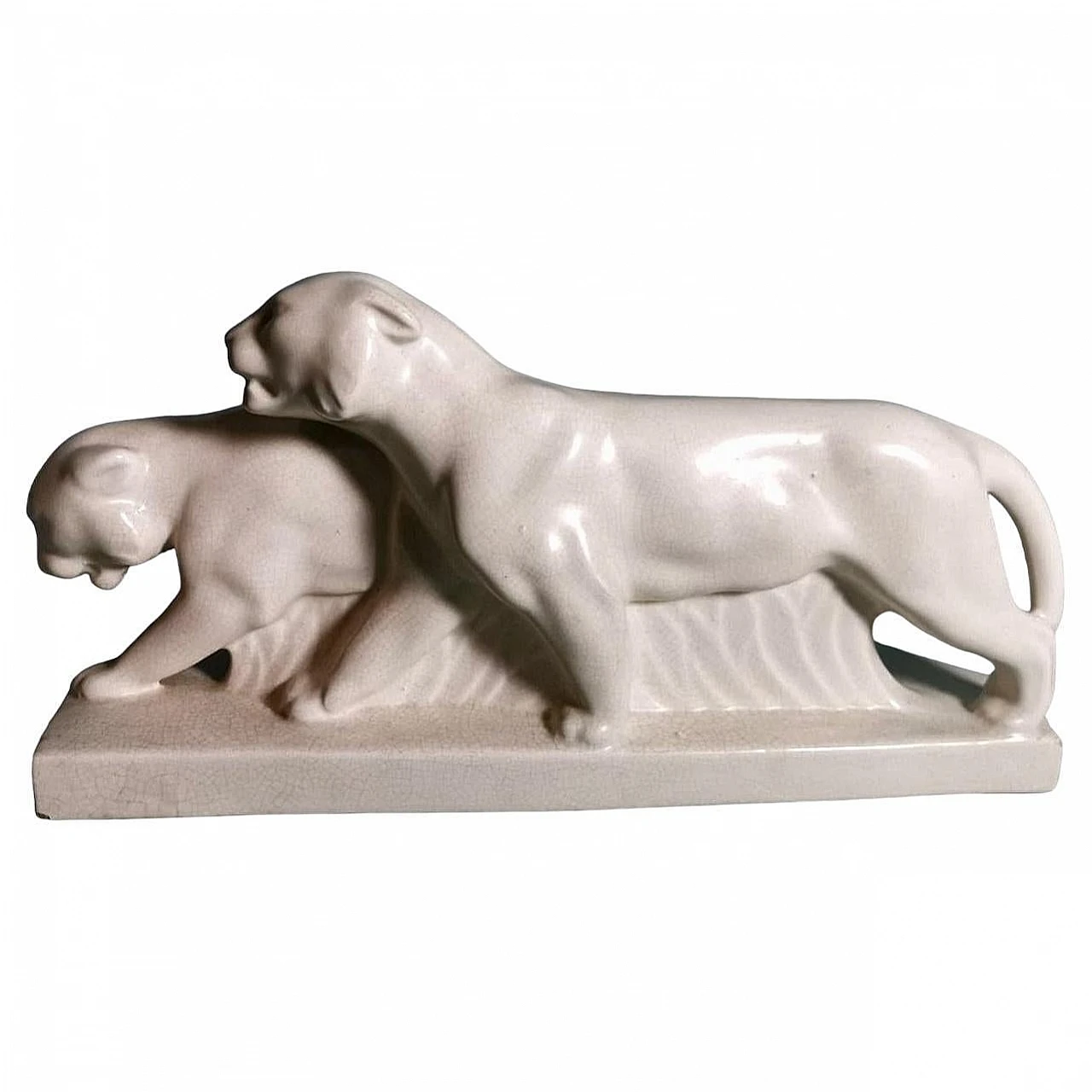
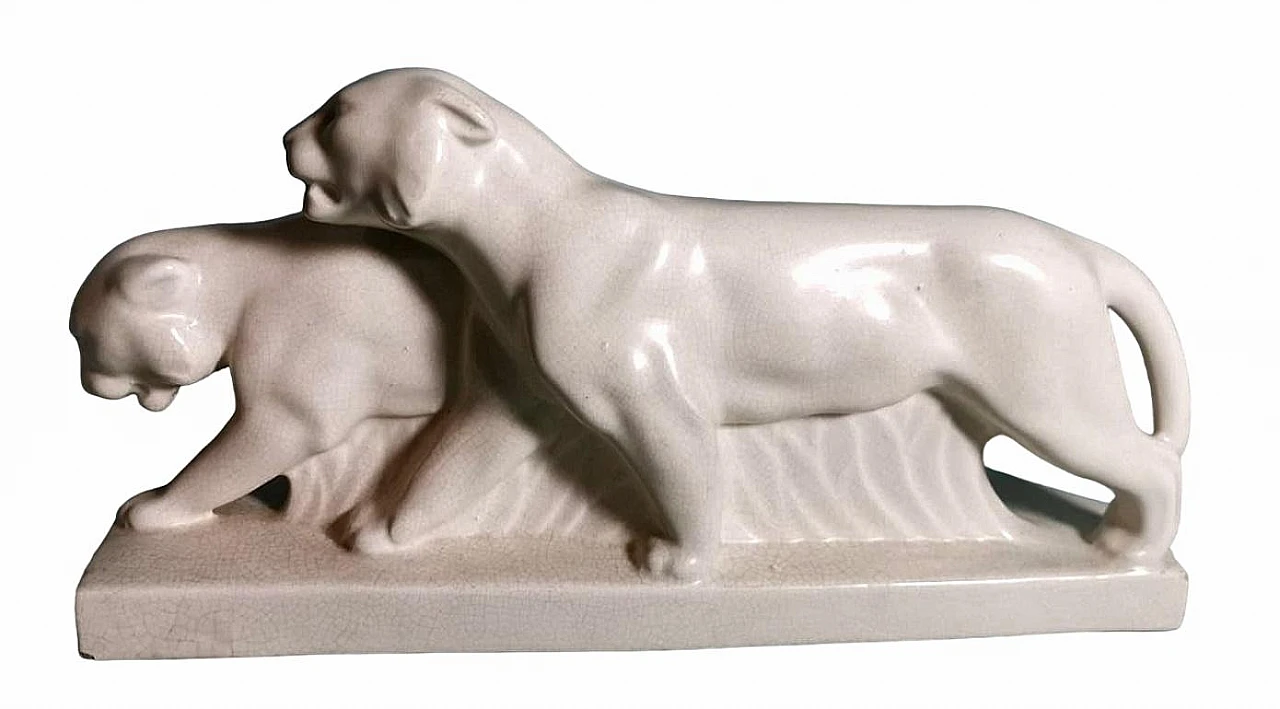
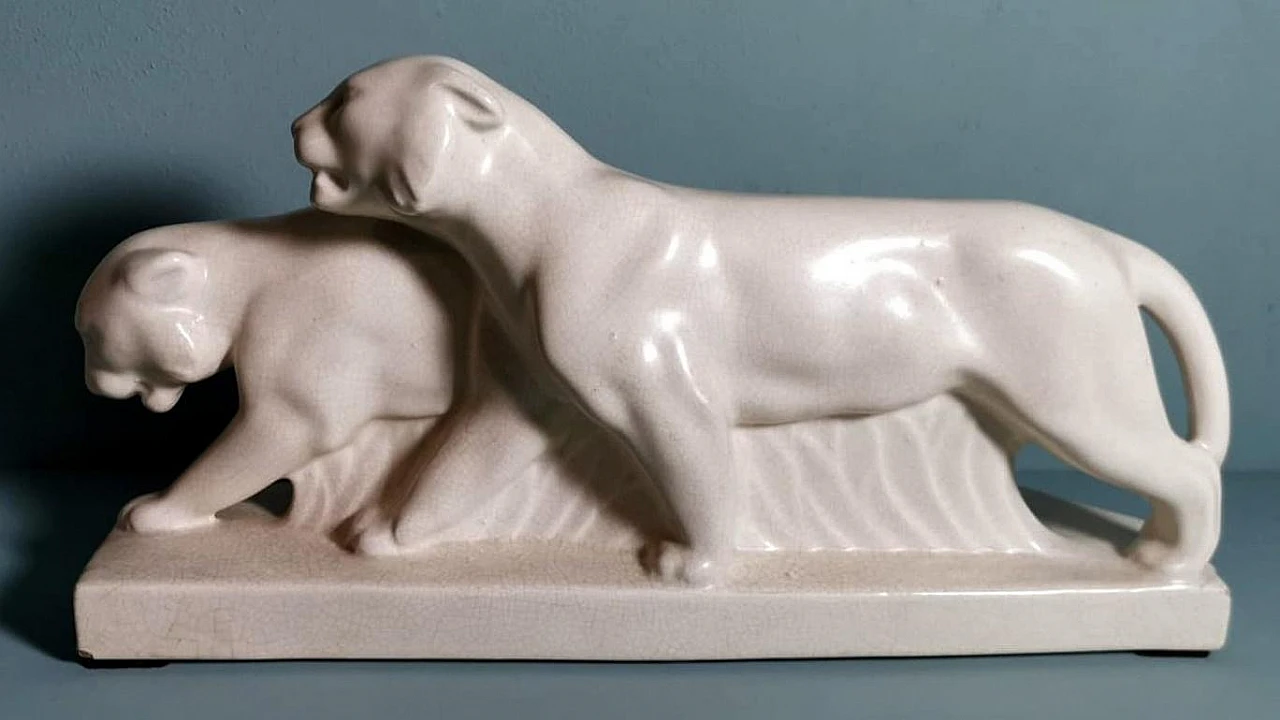
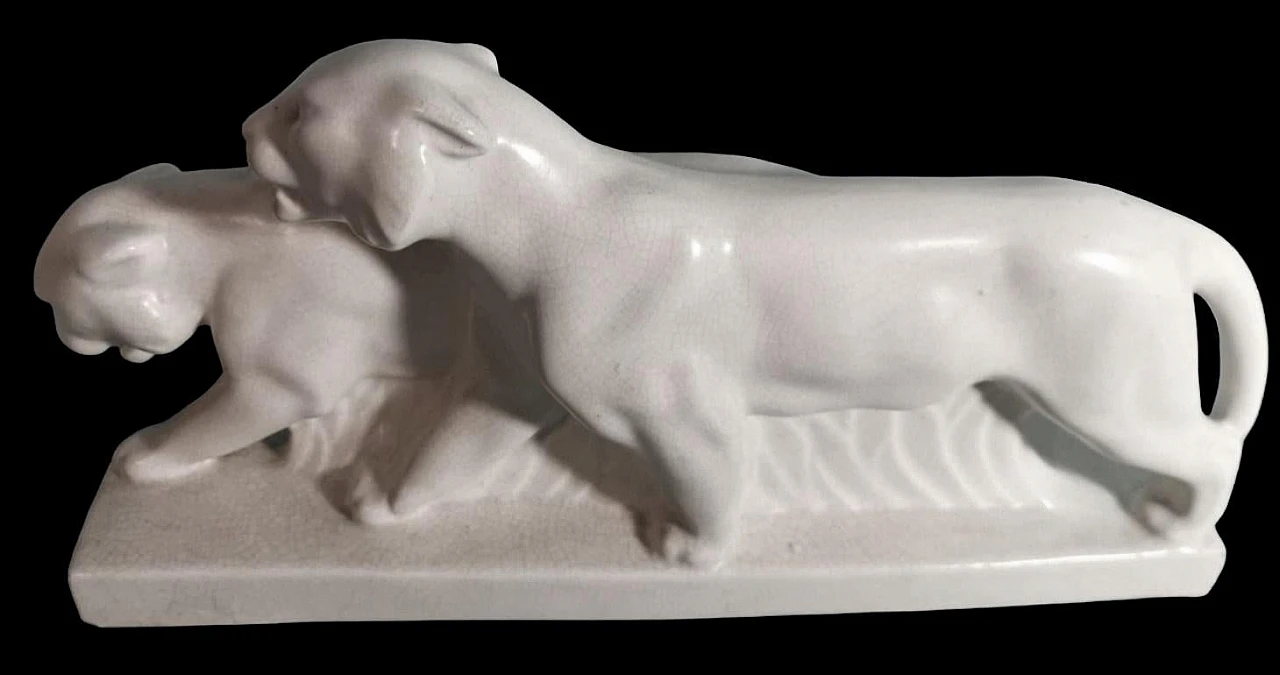
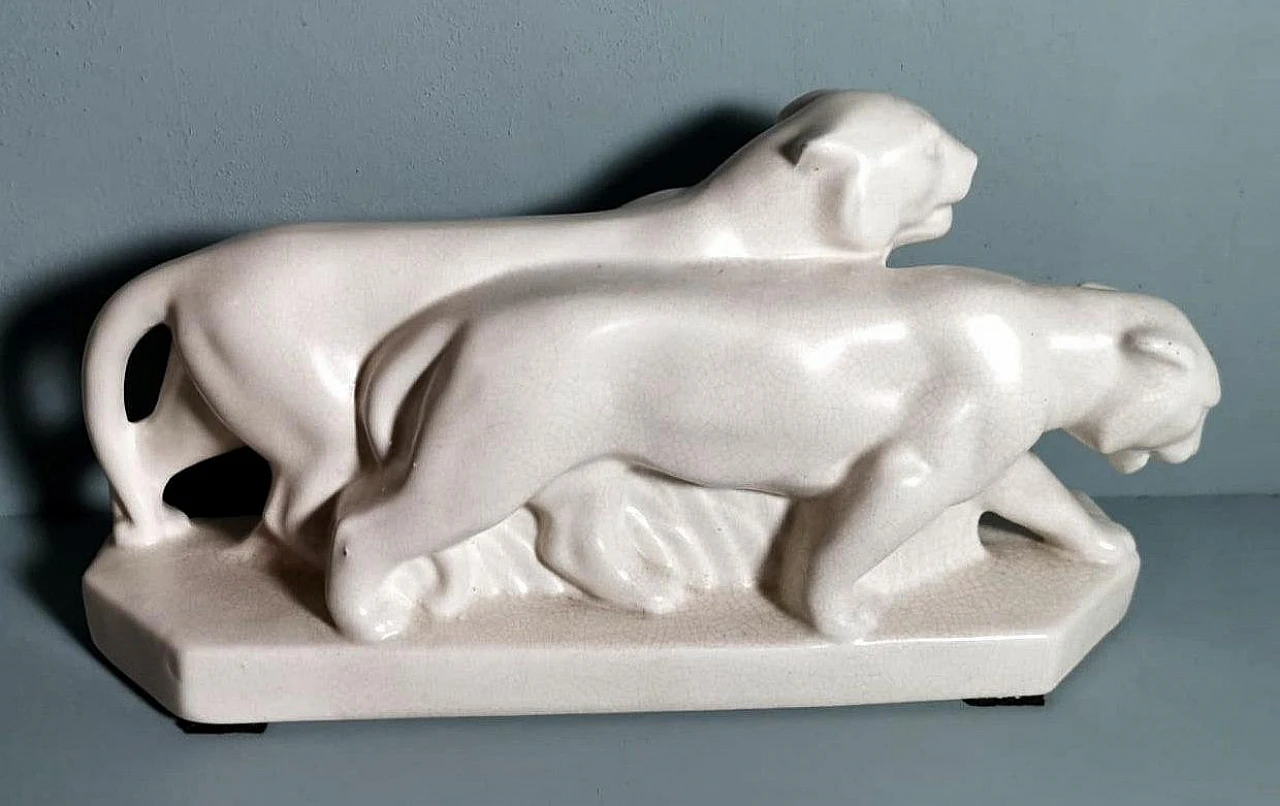
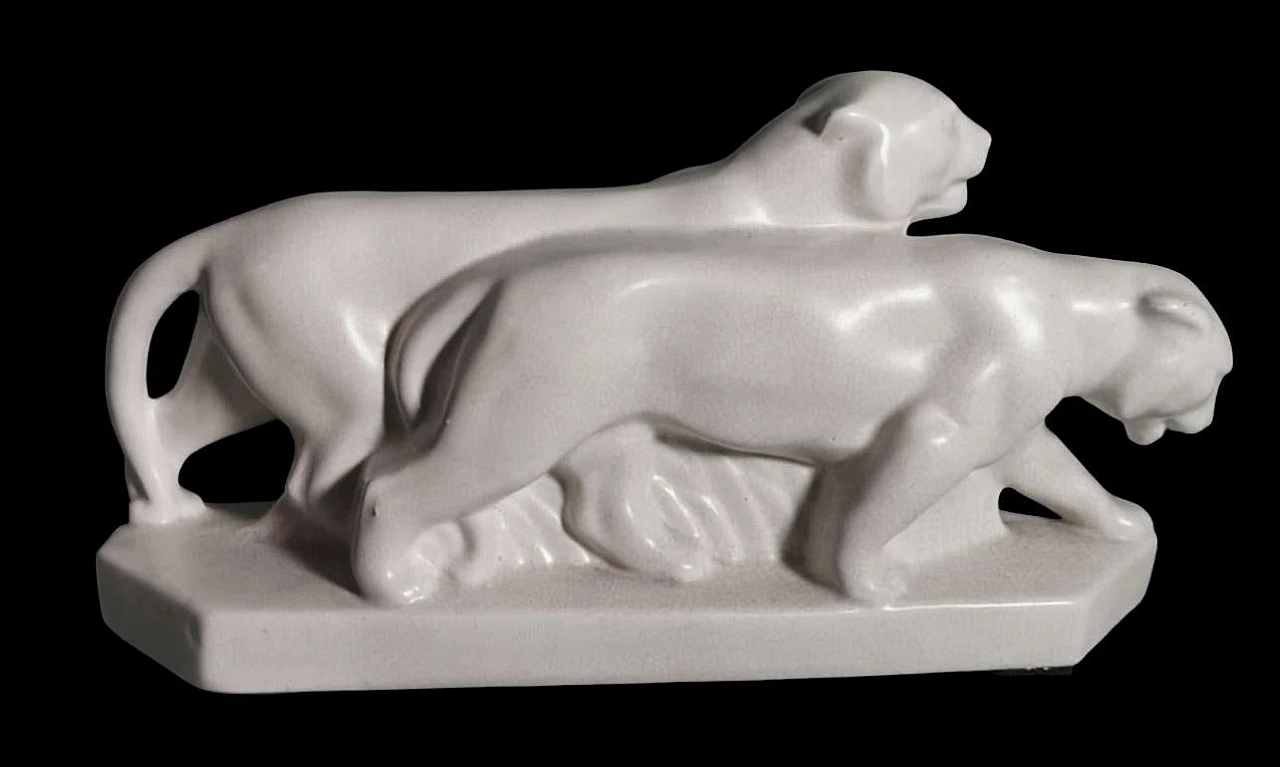
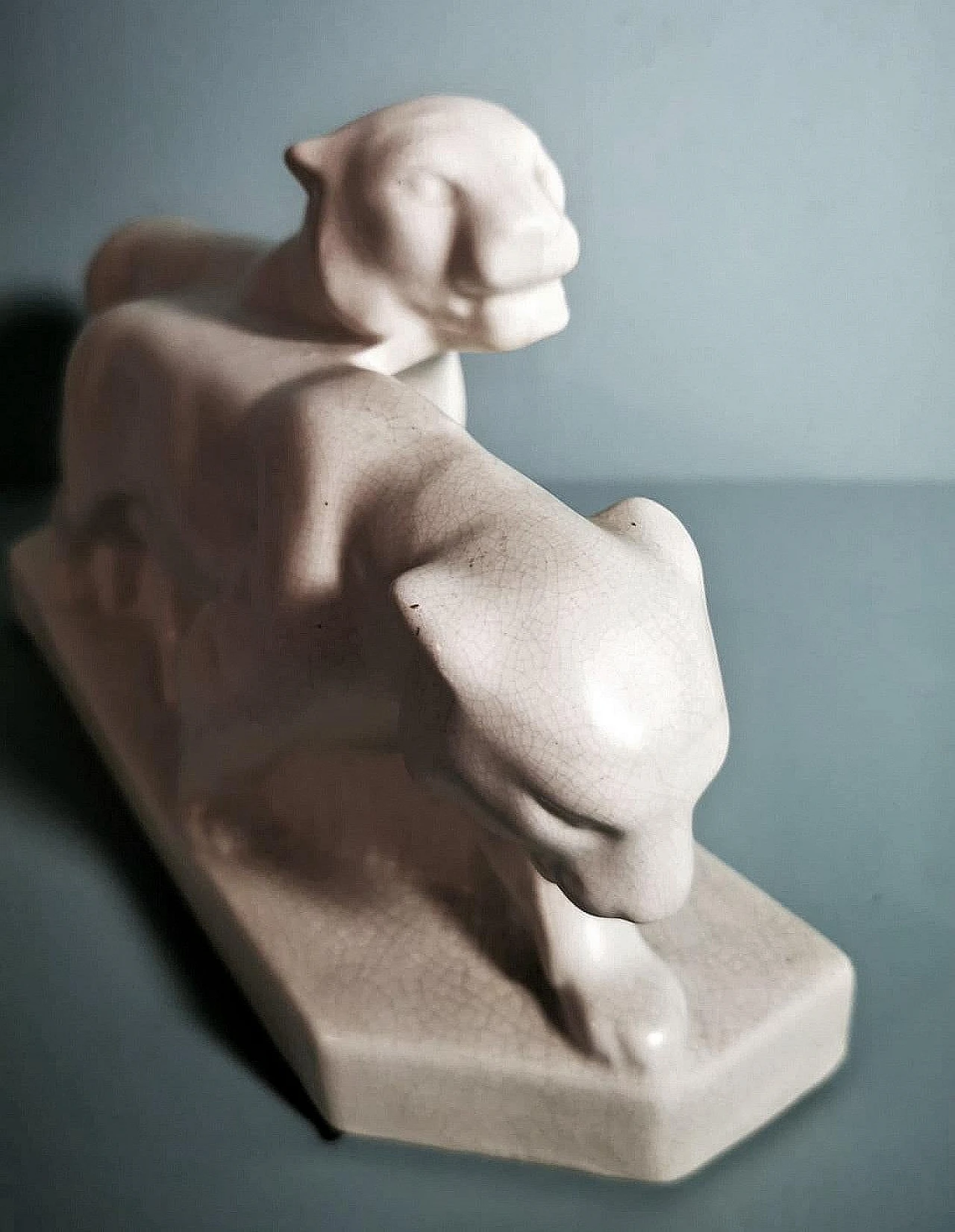
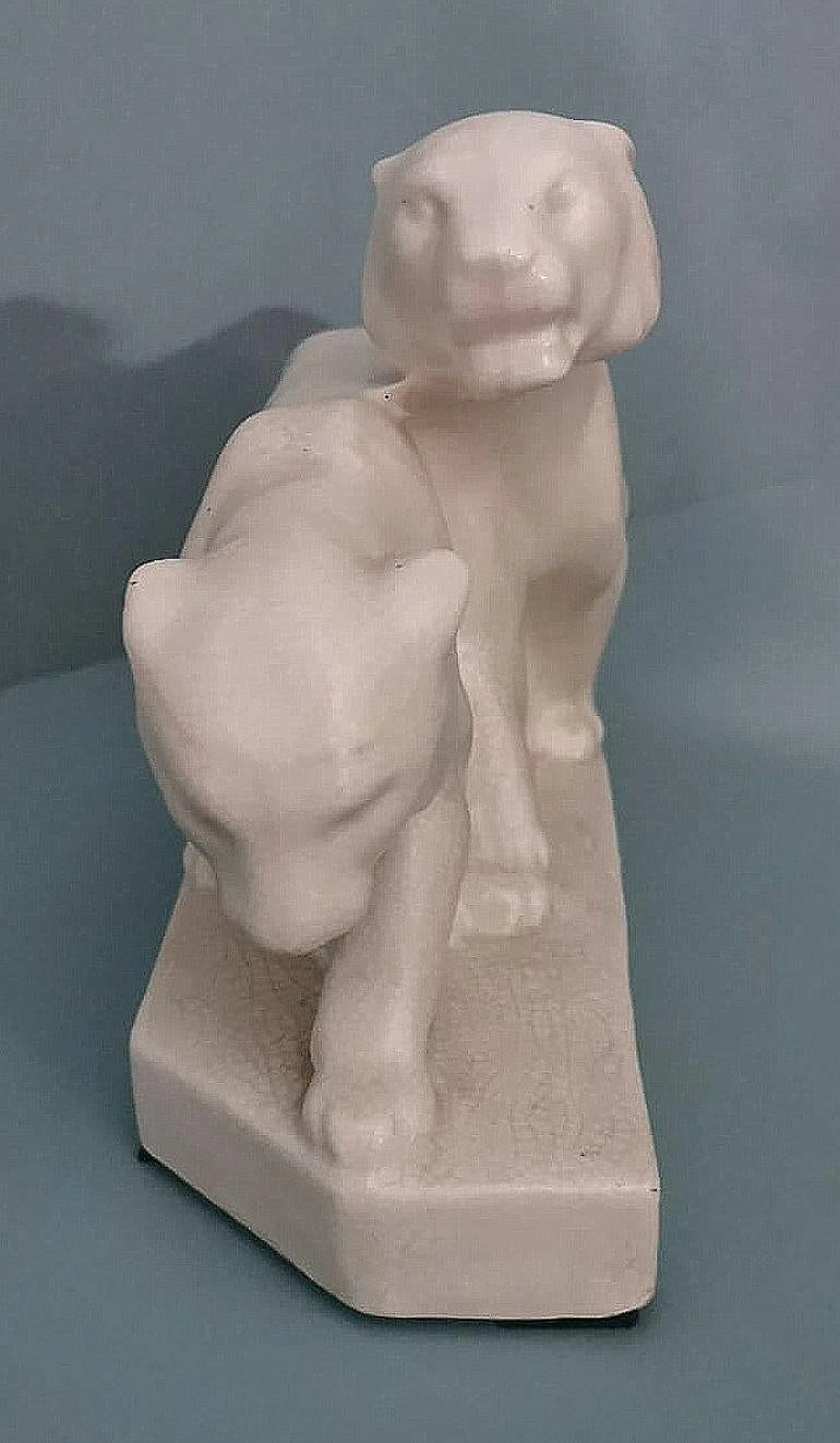
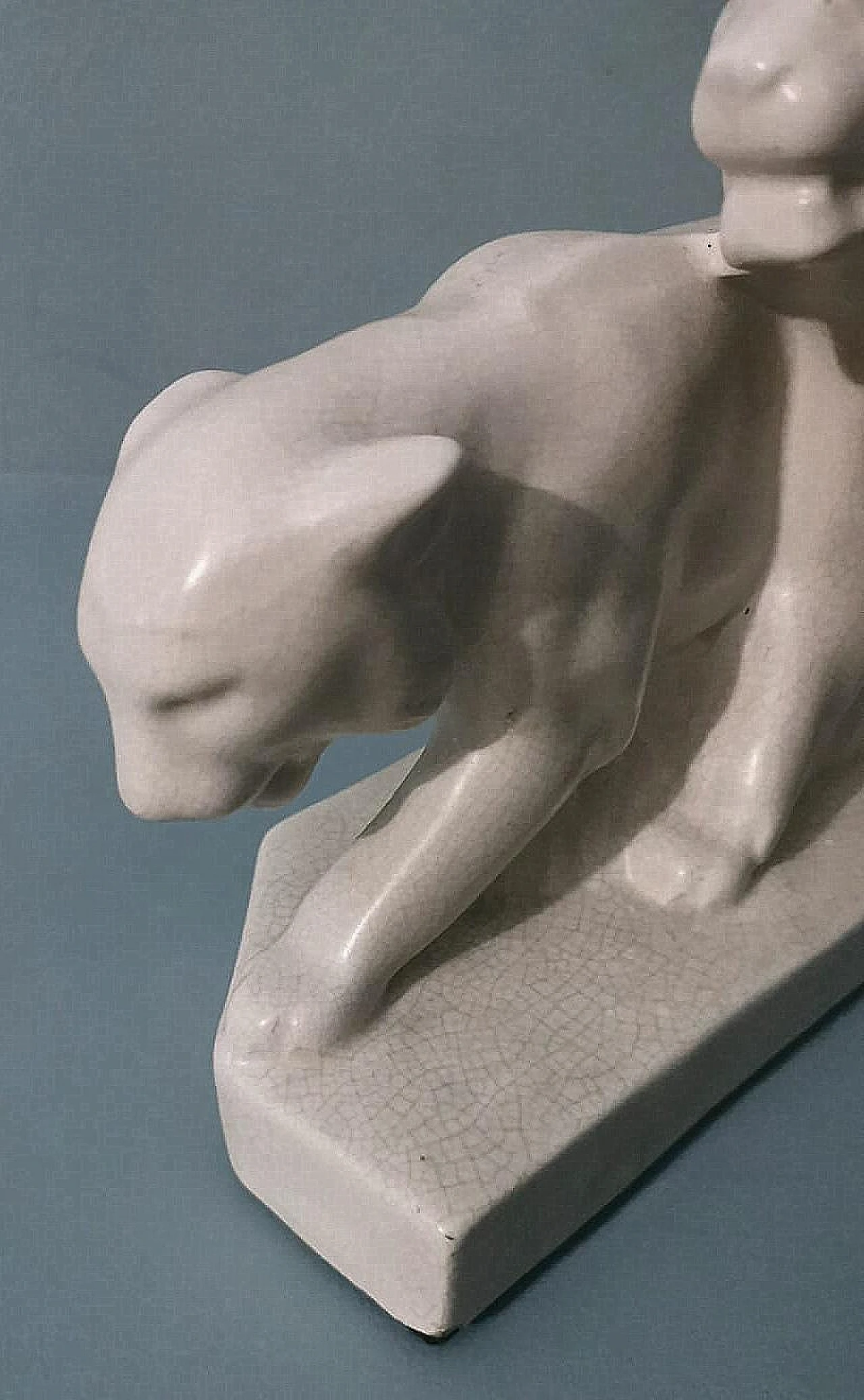
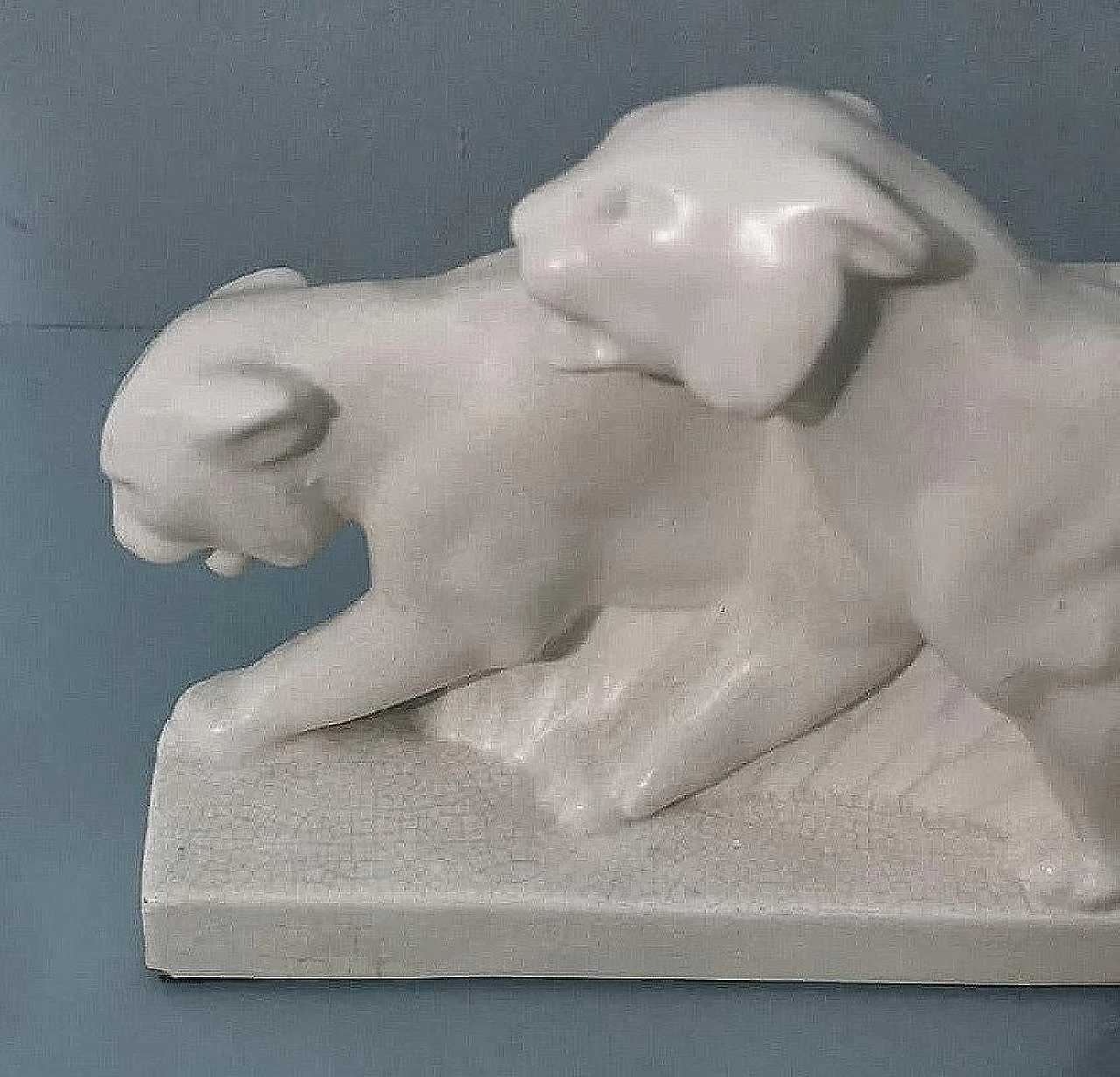
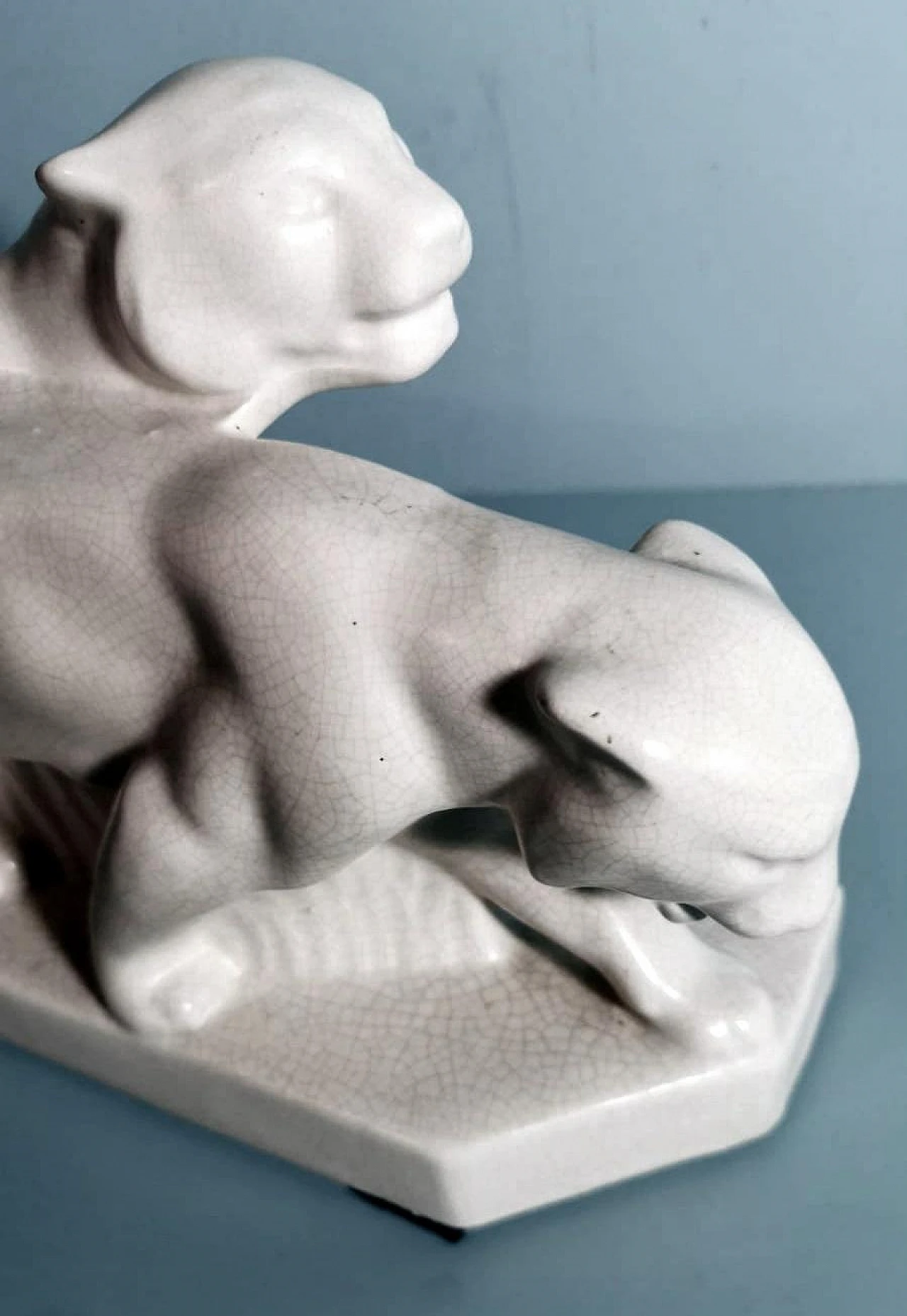
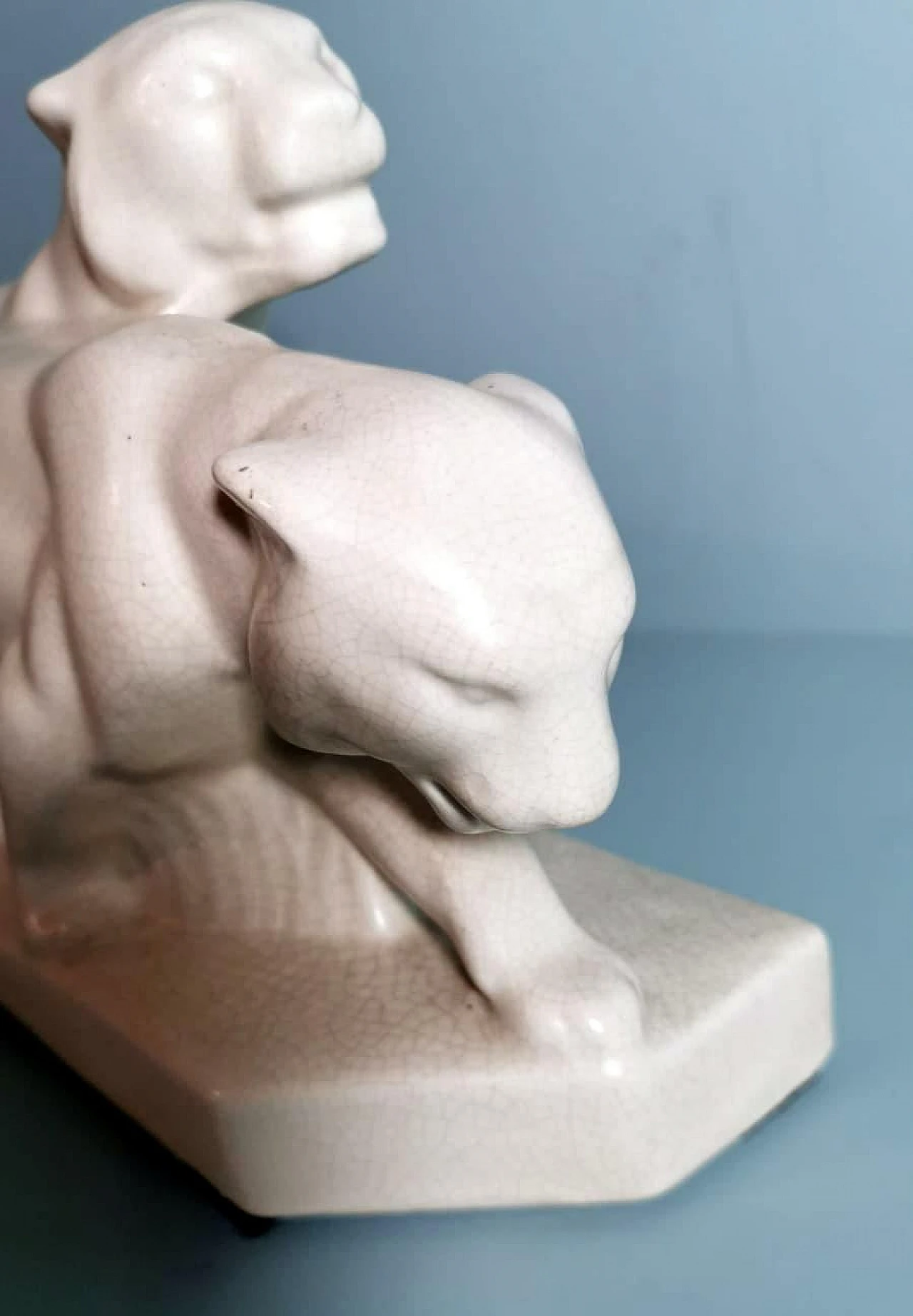
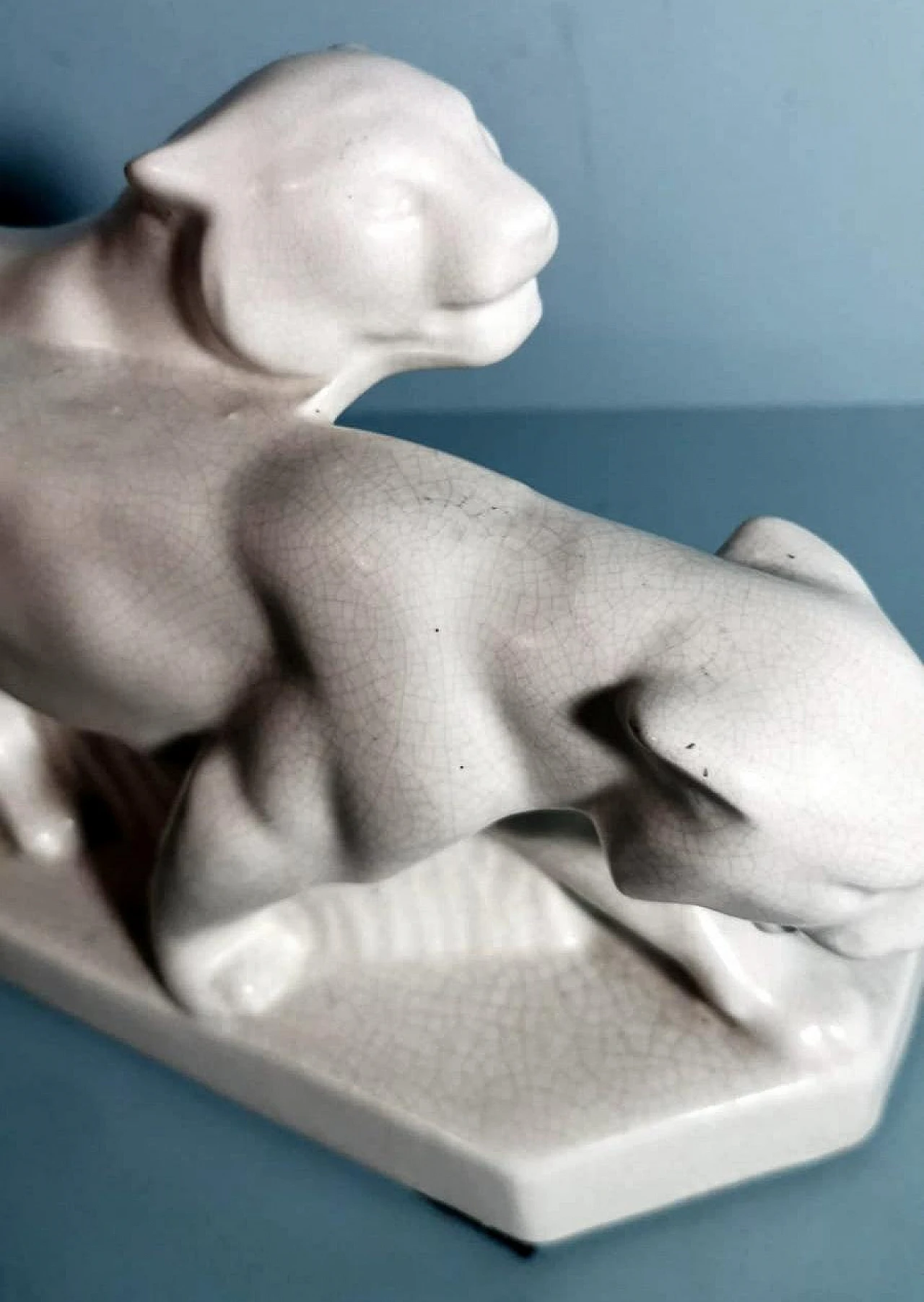
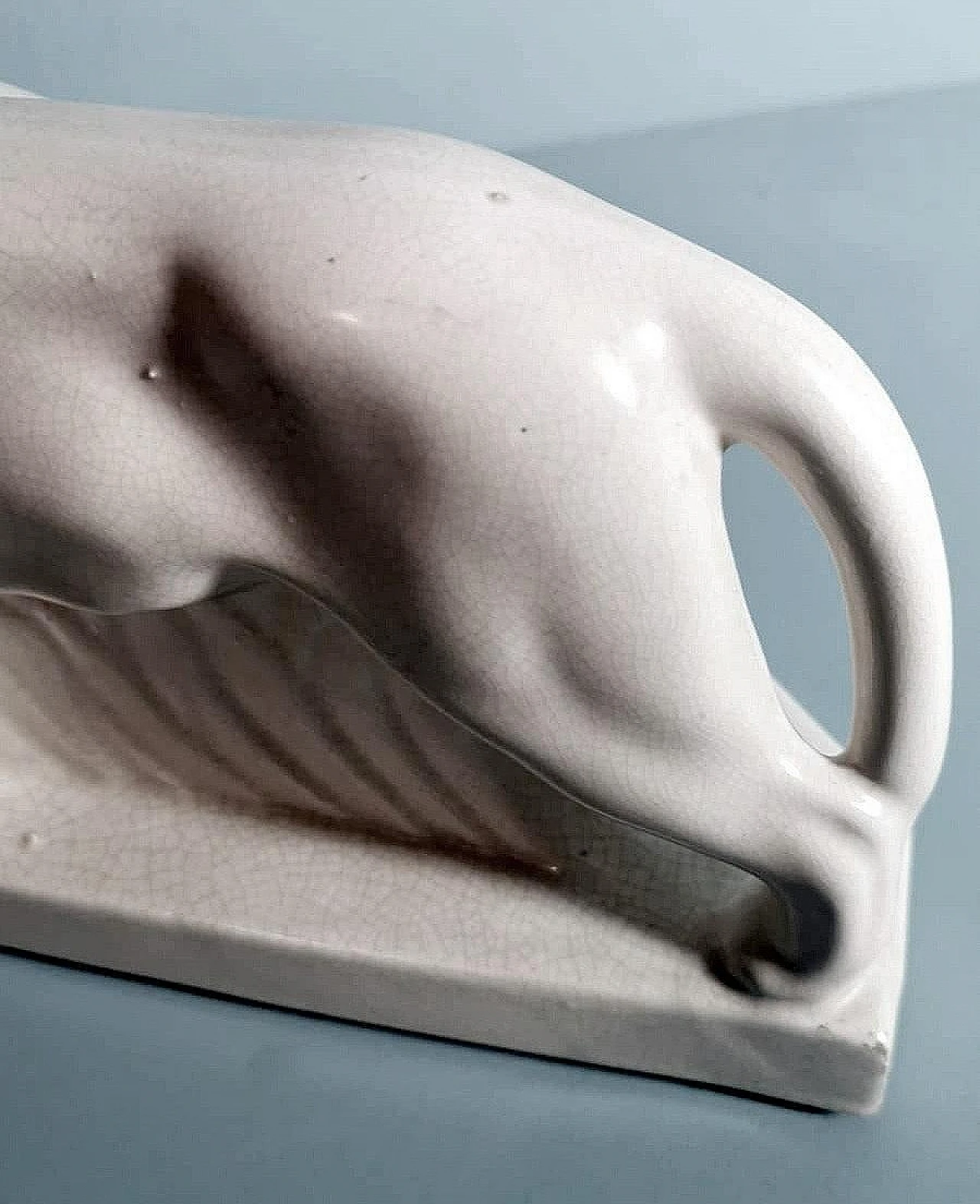
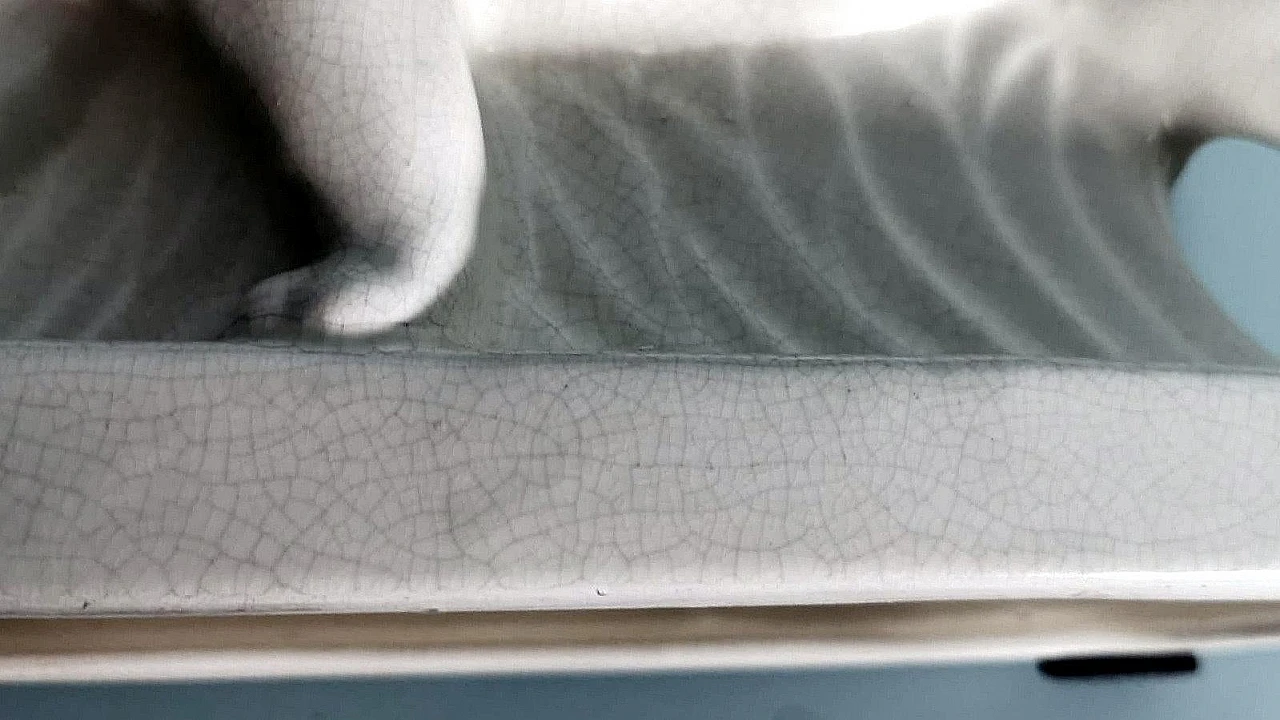
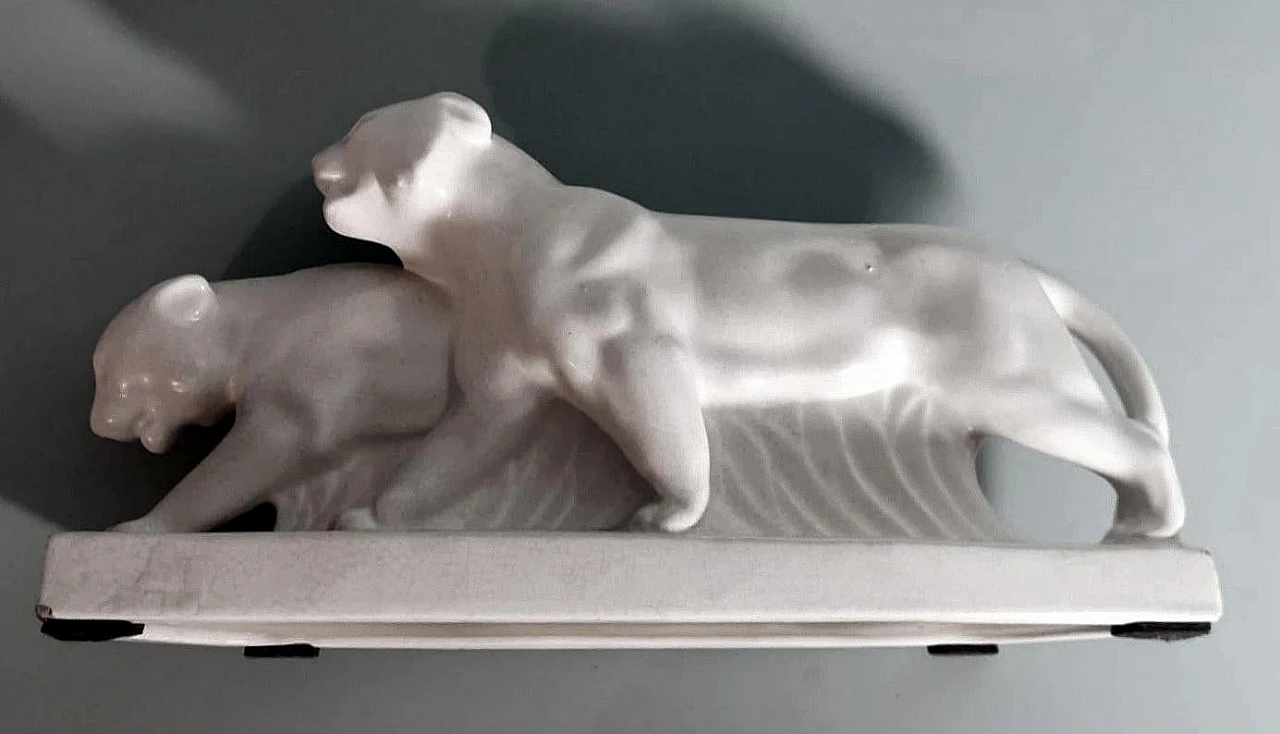
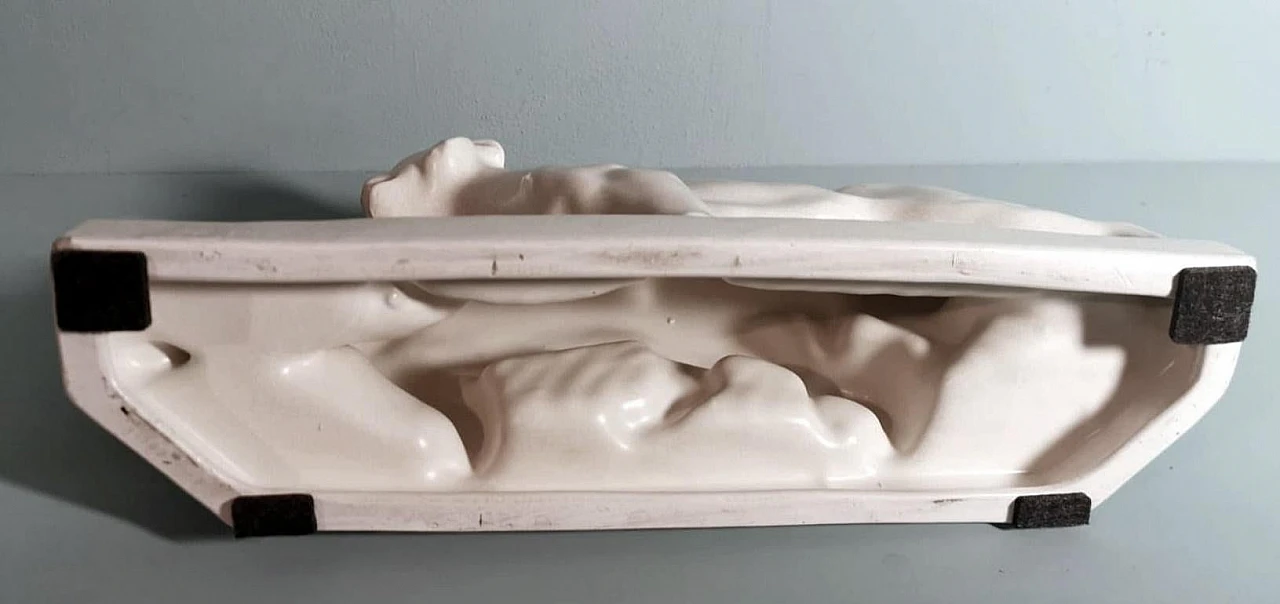
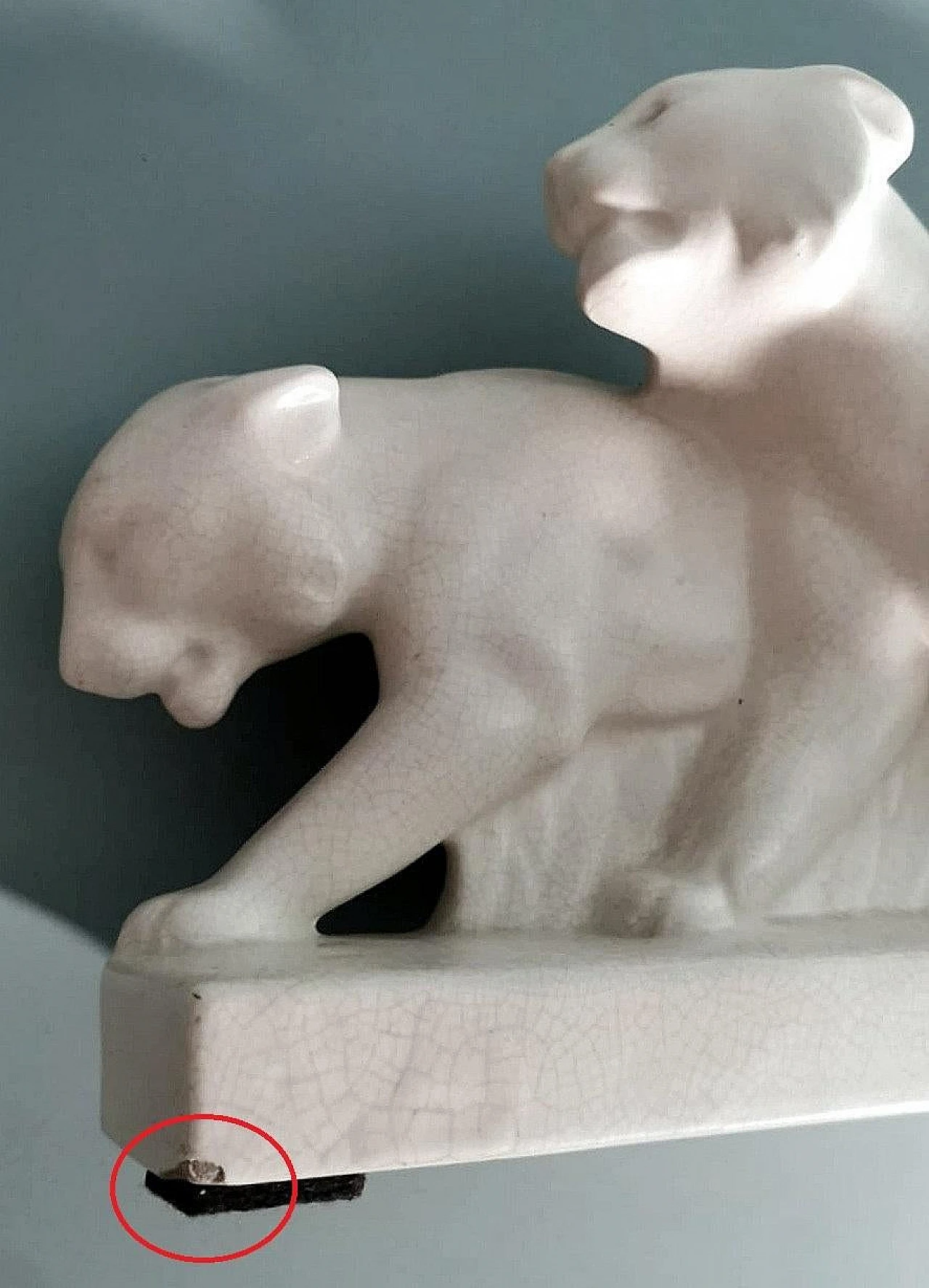
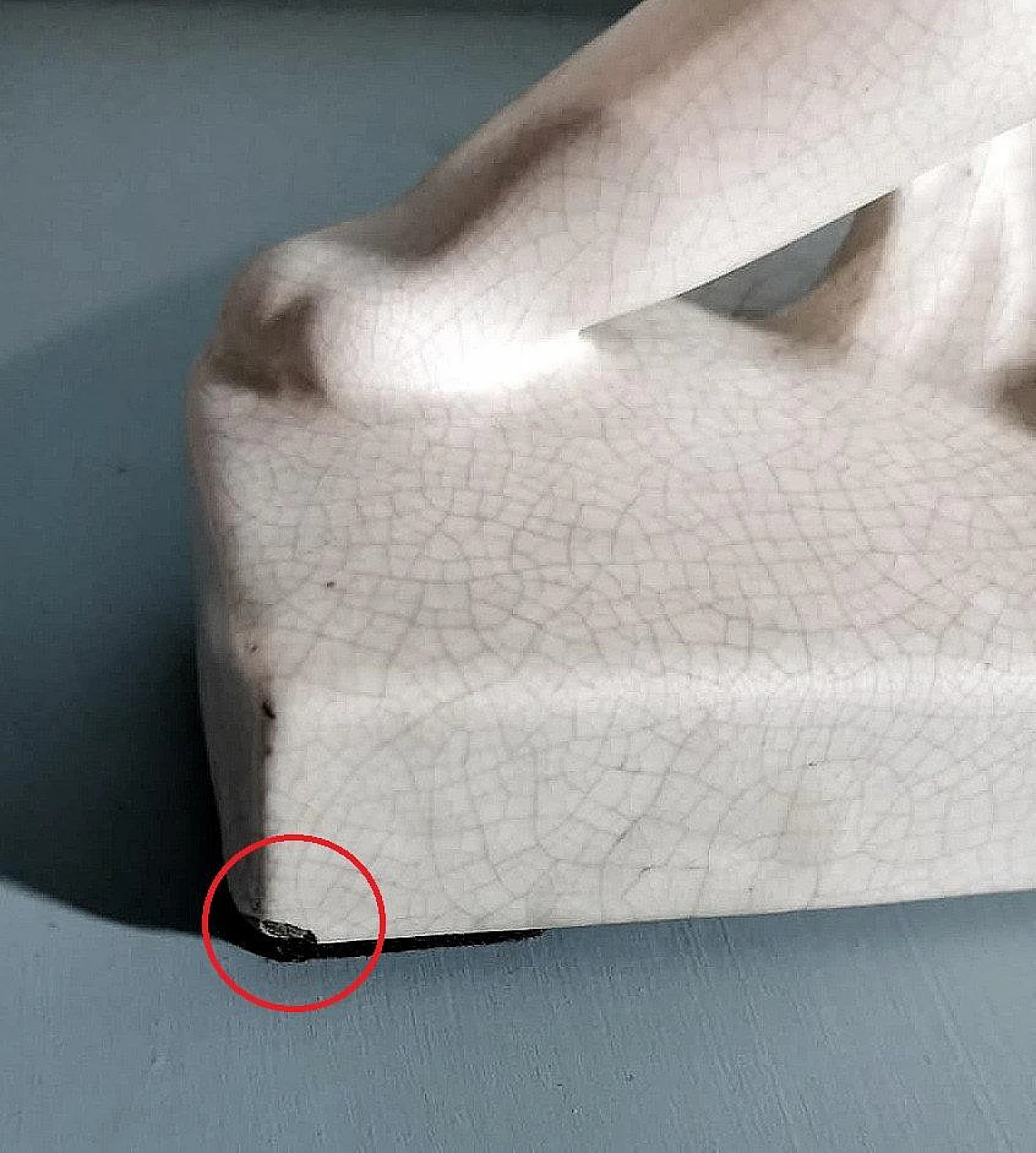
 SILVER Seller in Prato, Italy
SILVER Seller in Prato, Italy






.png)






